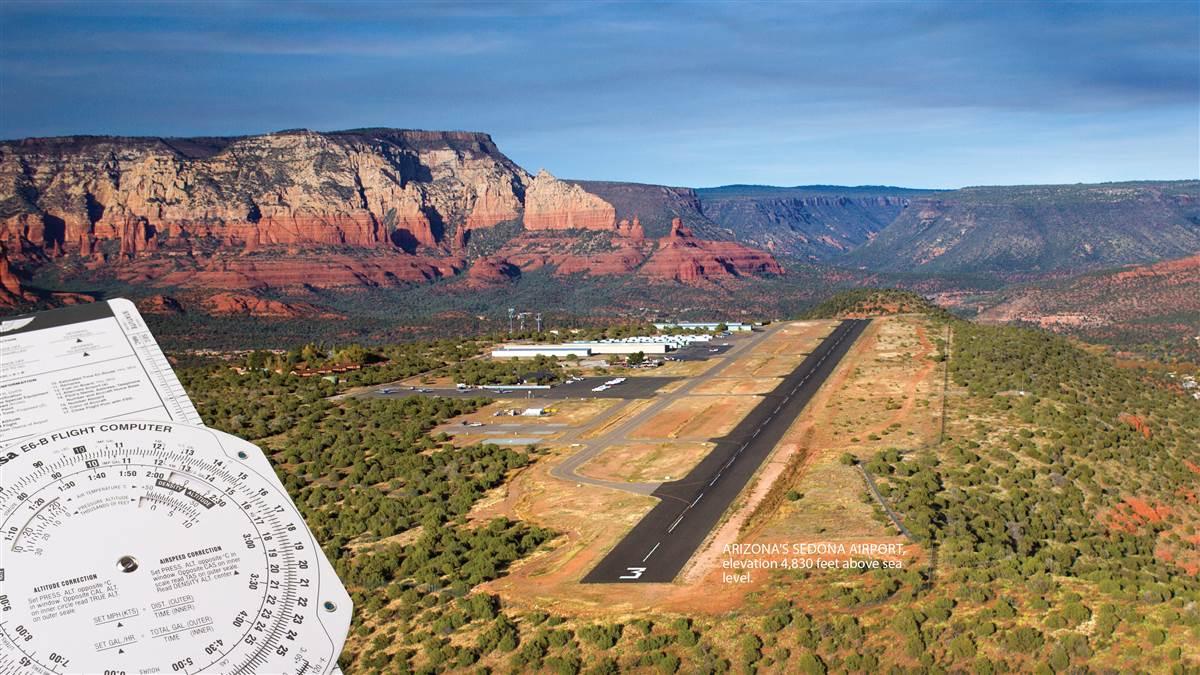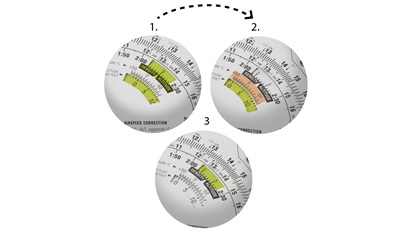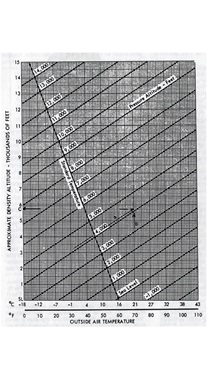Technique - Calculating density altitude
Technique - Calculating density altitude

Airplanes move through a fluid. The density of that fluid—air—changes as the weather and altitude change. The density of the air that flows over the wings, past the propeller, and into the engine for combustion affects how the airplane performs. As altitude and temperature increase, the air’s density decreases (more humid air is also less dense, but performance charts rarely take this into account). Because the airplane senses only ambient air, and not a true altitude or temperature, it’s density altitude we rely on to tell us how the airplane will perform.
Density altitude can’t be read on an altimeter or other quick-reference indicator in the cockpit. It must be calculated. The result is used to determine takeoff performance and nearly everything else you’ll find in the performance section of the handbook. Calculating density altitude is done one of two ways—with a chart or an E6B.Techniques to calculate density altitude
Find pressure altitude
The first step in both methods is to find pressure altitude. To do this either set the altimeter to 29.92 and read the number, or calculate it manually. To calculate it manually:
1. Subtract the current altimeter setting from the standard pressure of 29.92.
2. Multiply by 1,000.
3. If you have a negative number, subtract it from the field elevation. Add a positive number.
 E6B
E6B
1. Locate the upper right window inside the white movable ring.
2. Note the pressure altitude on the lower scale. Move the upper temperature scale over the pressure altitude.
3. Read the density altitude off the scale marked “Density altitude.”
 Density altitude chart
Density altitude chart
1. Find the outside air temperature on the bottom temperature scale.
2. Draw a line straight up until you reach the diagonal line that corresponds to the current pressure altitude.
3. From that spot on the line, draw a line directly left and read the density altitude off the vertical scale.
Density altitude describes how dense the air feels to the airplane, regardless of the airplane's height above sea level.
Definitions
True altitude
The aircraft’s actual height above sea level.
Pressure altitude
The height above a standard datum plane. In reality, it’s simply a theoretical value used to calculate performance. Obtain it through either reading the altitude when you set 29.92 in the altimeter or by calculating it manually.
Density altitude
Pressure altitude corrected for nonstandard temperature. This is the altitude the airplane actually “feels.”
Absolute altitude
The aircraft’s height above the ground. Also known as agl, or above ground level.
Indicated altitude
Simply the altitude read off the face of the altimeter.



